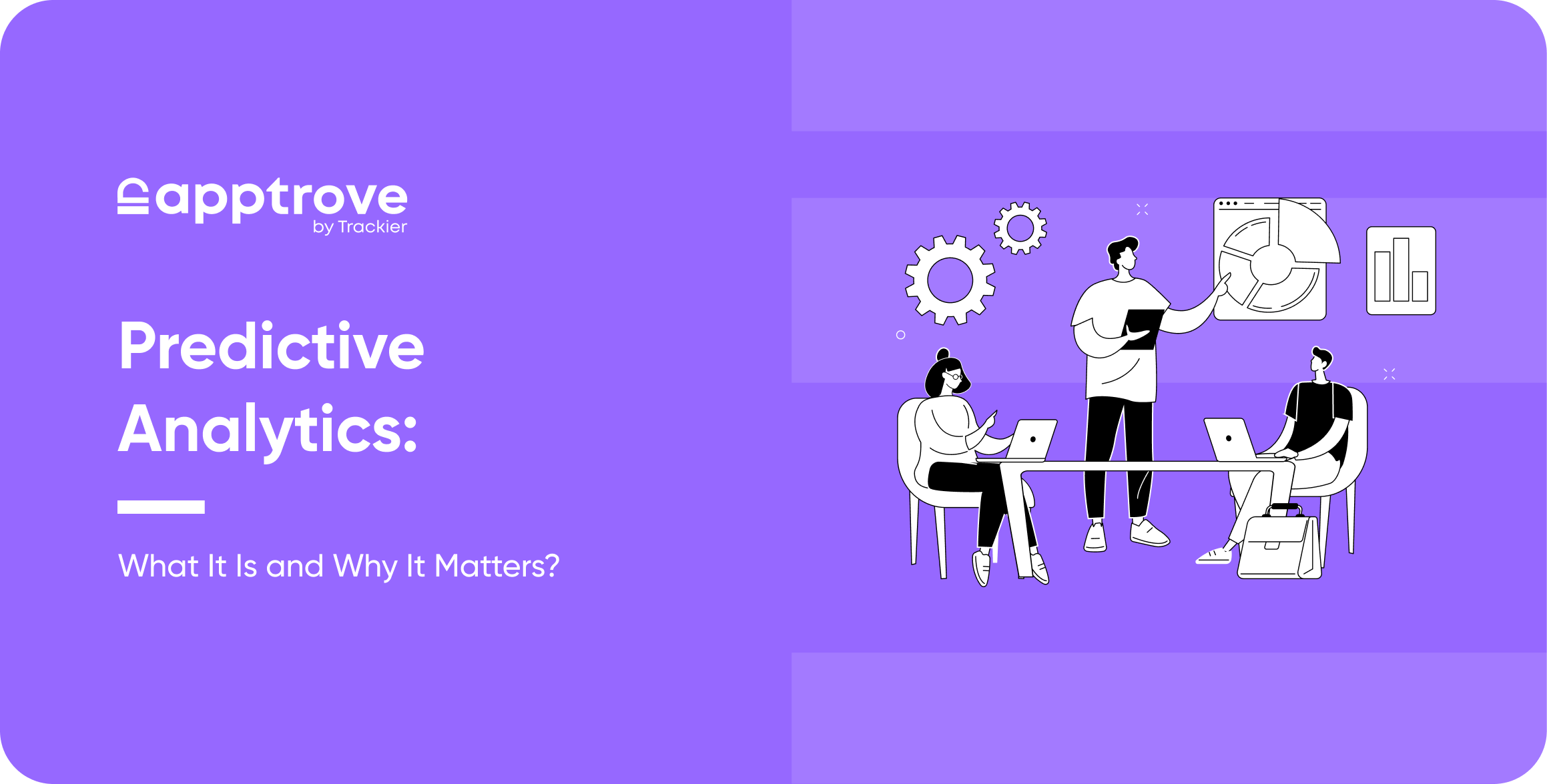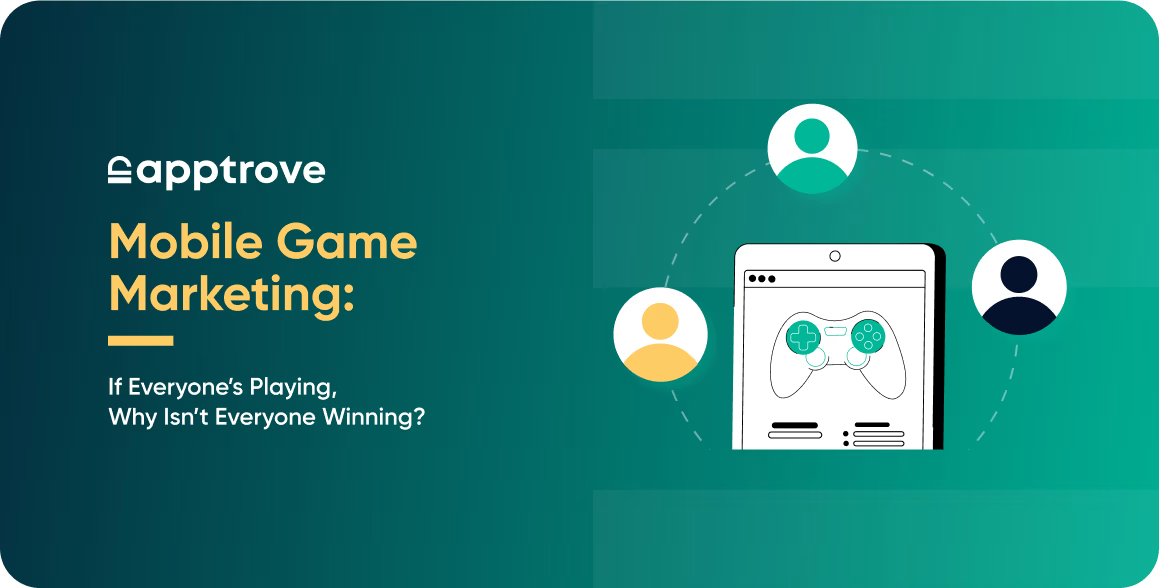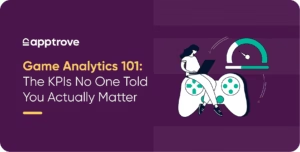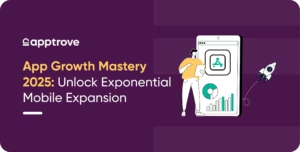Using data, statistical algorithms, and machine learning approaches, predictive analytics determines the likelihood of future outcomes based on historical data. The objective is to provide the most accurate prediction of what will happen in the future in addition to understanding what has already occurred.
History of Predictive Analytics and Recent Developments
Although these analytical methods have been around for a while, the time is now for this technology. More businesses are adopting it to boost profits and gain a competitive edge. Why now?
- Increasing data types and volumes, as well as increased interest in using data to draw insightful conclusions
- More user-friendly software with a quicker speed has been introduced.
- The necessity for competitive distinctiveness and tougher economic conditions.
This form of analysis is no longer just the province of statisticians and mathematicians with the rise of interactive and user-friendly applications. These technologies are also used by line-of-business specialists and business analysts.
Predictive analytics: What is it?
The practice of modeling data to produce future projections is known as predictive analysis. Predictive analytics, then, is the outcome of predictive analysis.
You might wonder how this compares to AI. While closely related, it’s important to note that predictive models often require human oversight, while AI can function autonomously in such processes.
In the next section, we explore various model types used in this approach.
Predictive Analytics Model
Here are five modeling methods you might want to use in your app marketing. Although each approach has advantages and disadvantages, you may reuse and modify the algorithms to suit your particular marketing requirements.
So that you can improve and develop new models based on your unique app for more accurate forecasts, we advise utilizing these models as a starting point.
Classification Models
This model, which makes use of the conventional approach of analyzing historical data to generate predictions, is one that all marketers are familiar with. The classification model can be used to respond to queries like the ones below. It is typically used to respond to yes-or-no questions.
- Is this person about to buy something through the app?
- Is the user on the verge of unsubscribing?
Now, rather than waiting days or weeks to generate predictions about users, marketers could leverage machine learning and AI within a classification model.
Time Series Models
To recognize and comprehend patterns across time, brands can utilize this predictive analytics strategy. The time series model offers marketers insights into seasonality or cyclical behavior and can be used to anticipate prospective changes in data. It is frequently used to produce illuminating data visuals.
When it’s possible that past trends didn’t have an impact on future results, marketers frequently utilize time series models. For instance, during the global pandemic’s uncertainty, when patterns were wildly out of the ordinary, many marketers went to this strategy.
Cluster model
A cluster model sorts through data to divide users into groups according to certain traits or properties. Marketers can, for example, set the cluster model algorithms’ parameters to previously made purchases, brand interaction, or any other user data that has given consent.
When marketers are unsure of how to categorize a large number of new incoming users, cluster models are especially helpful because they employ predictive analytics to group data with comparable points.
Outliers Model
This model locates dataset entries that are historically out of the ordinary. The outliers model can also be used to identify aberrant data on its own or about other categories. This methodology is especially helpful in detecting fraud in verticals like banking and e-commerce.
Forecast model
A forecast model, which is an extension of the categorization model, is used to calculate the numerical value of fresh data based on old data. One of the most used predictive analytical models is the forecast model because, unlike the categorization model, it can manage numerous factors simultaneously. Even when there are no numerical values in the historical data, this model type can nonetheless produce them.
The Importance Of Predictive Analytics
This methodology is being used by businesses to find new opportunities and address challenging issues. Predictive analytics is being used by businesses to find new opportunities and address challenging issues. Modern solutions often rely on robust Data Warehouse Tools to store and process the vast datasets required for accurate predictions.
Typical uses comprise:
– Detecting Frauds:
Combining several analytics techniques helps increase pattern recognition and deter illicit activity. High-performance behavioral analytics monitors all network activity in real-time to look for anomalies that could point to fraud, zero-day vulnerabilities, or advanced persistent threats as cybersecurity concerns escalate.
– Optimizing Advertising Campaigns:
Predictive analytics is employed to forecast customer behavior or purchases and to encourage cross-selling opportunities. Predictive models assist firms in luring in, keeping, and expanding their most lucrative clients.
– Improving Performance:
Predictive models are often used by businesses to forecast inventory and manage resources. Predictive analytics helps airlines to determine ticket prices. To maximize occupancy and boost income, hotels make an effort to anticipate the number of guests for any particular night. Organizations can work more effectively thanks to predictive analytics.
– Reducing Risk:
Credit ratings are a well-known use of predictive analytics that are used to determine a buyer’s propensity to default on transactions. A predictive model’s calculation of a person’s creditworthiness yields a number known as a credit score. The usage of insurance claims and collections falls under the category of risk.
Key Takeaways
Predictive Analytics have helped the businesses in maximising their sales number and take their business to success.




